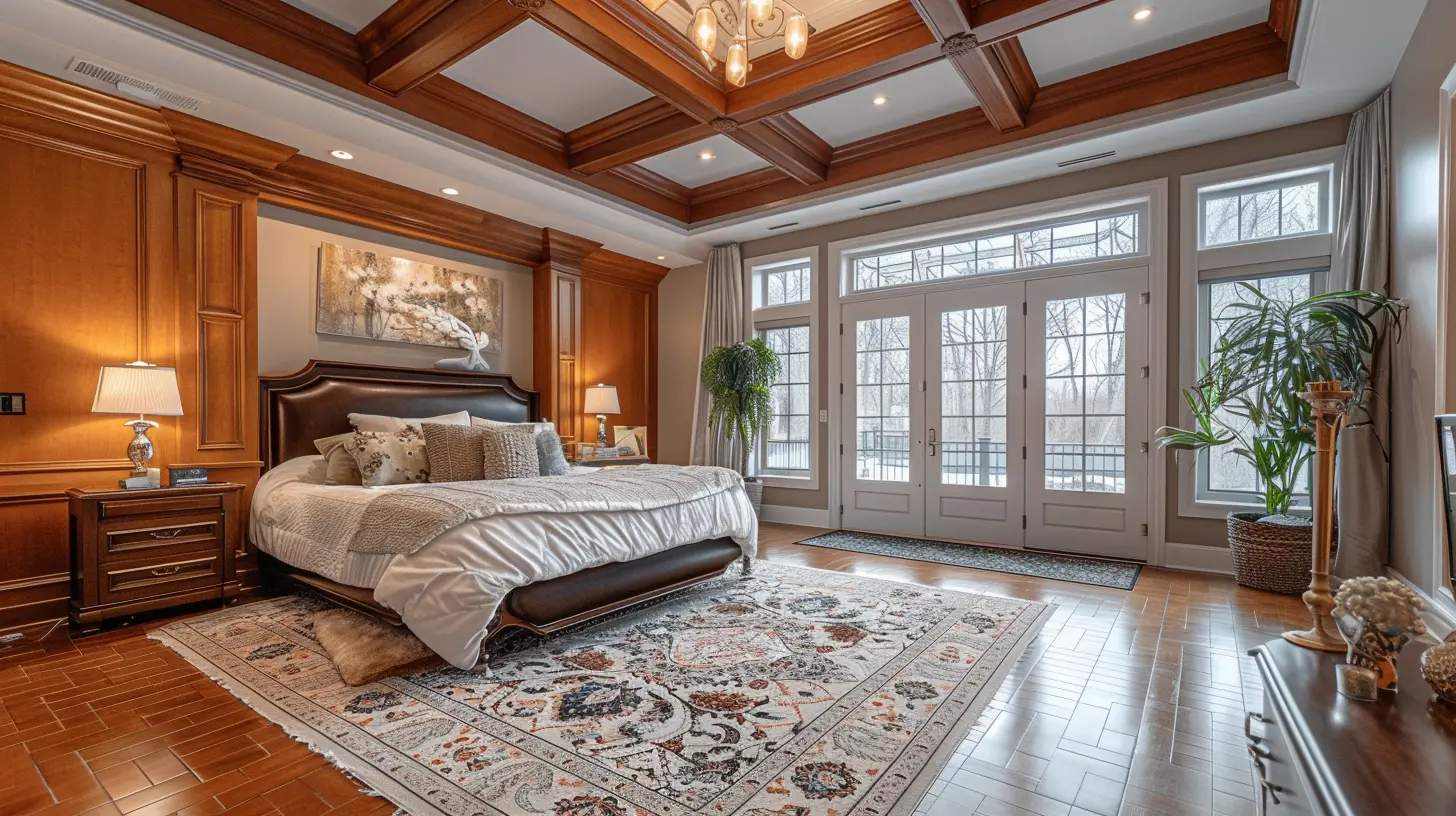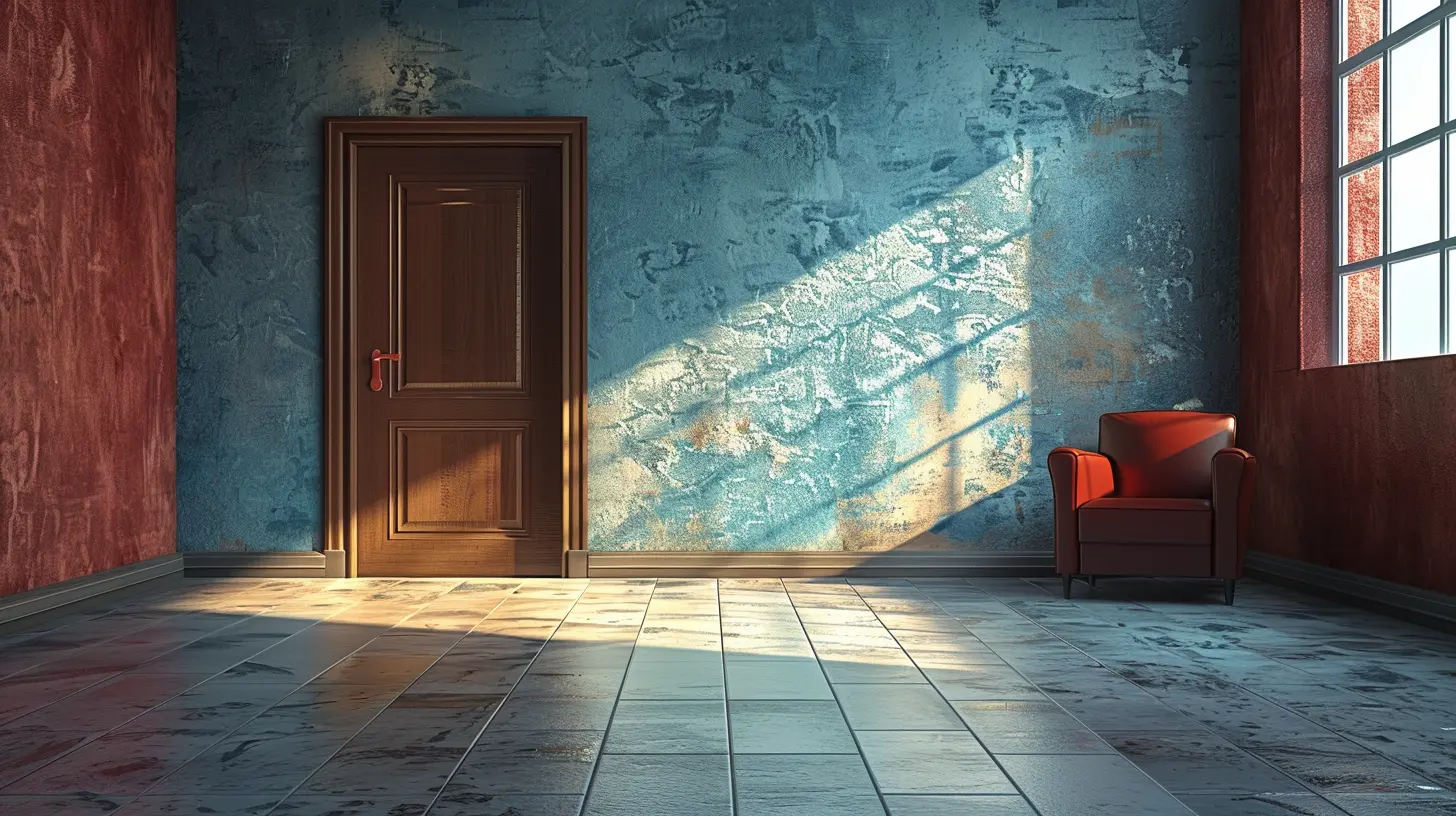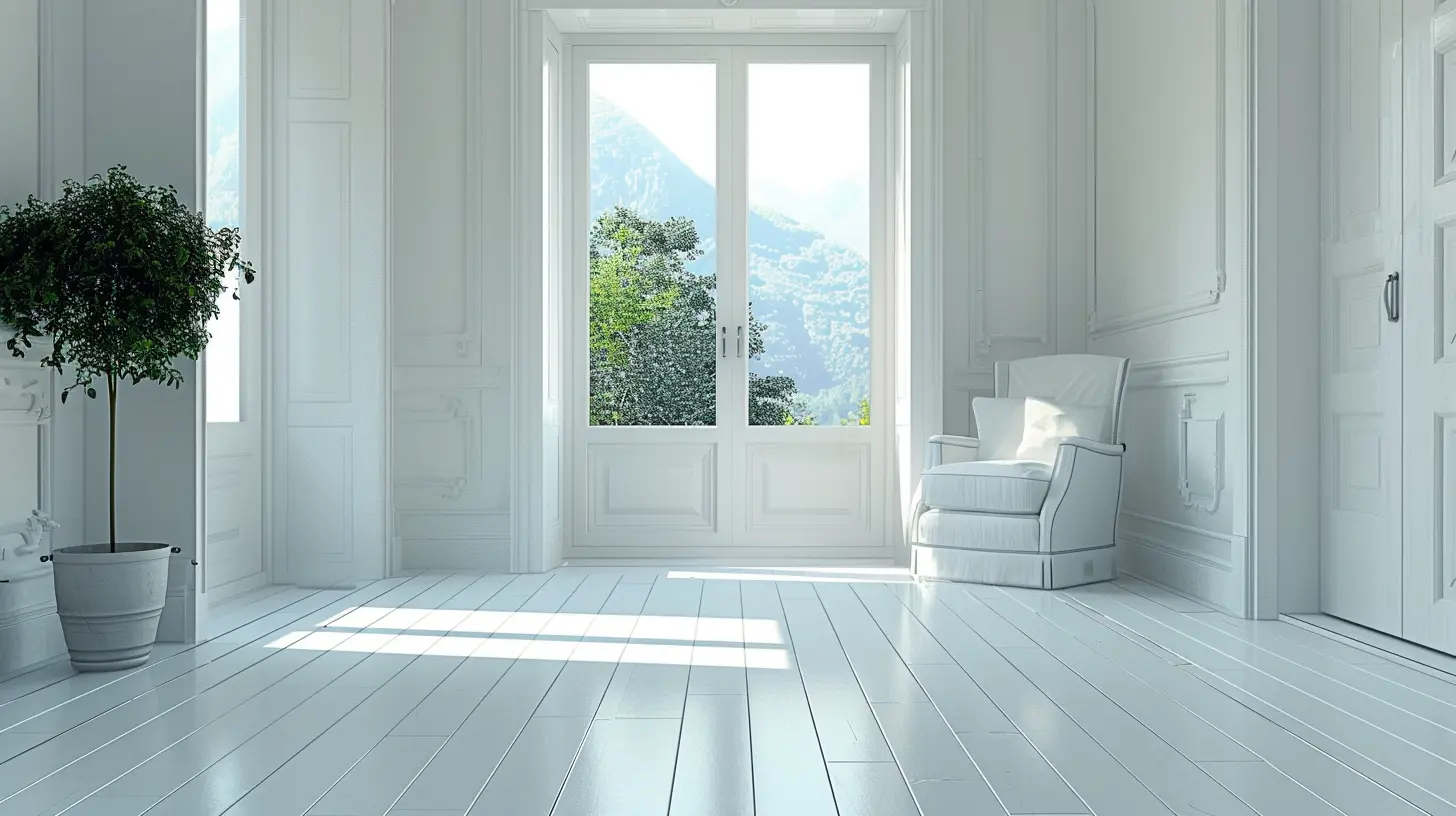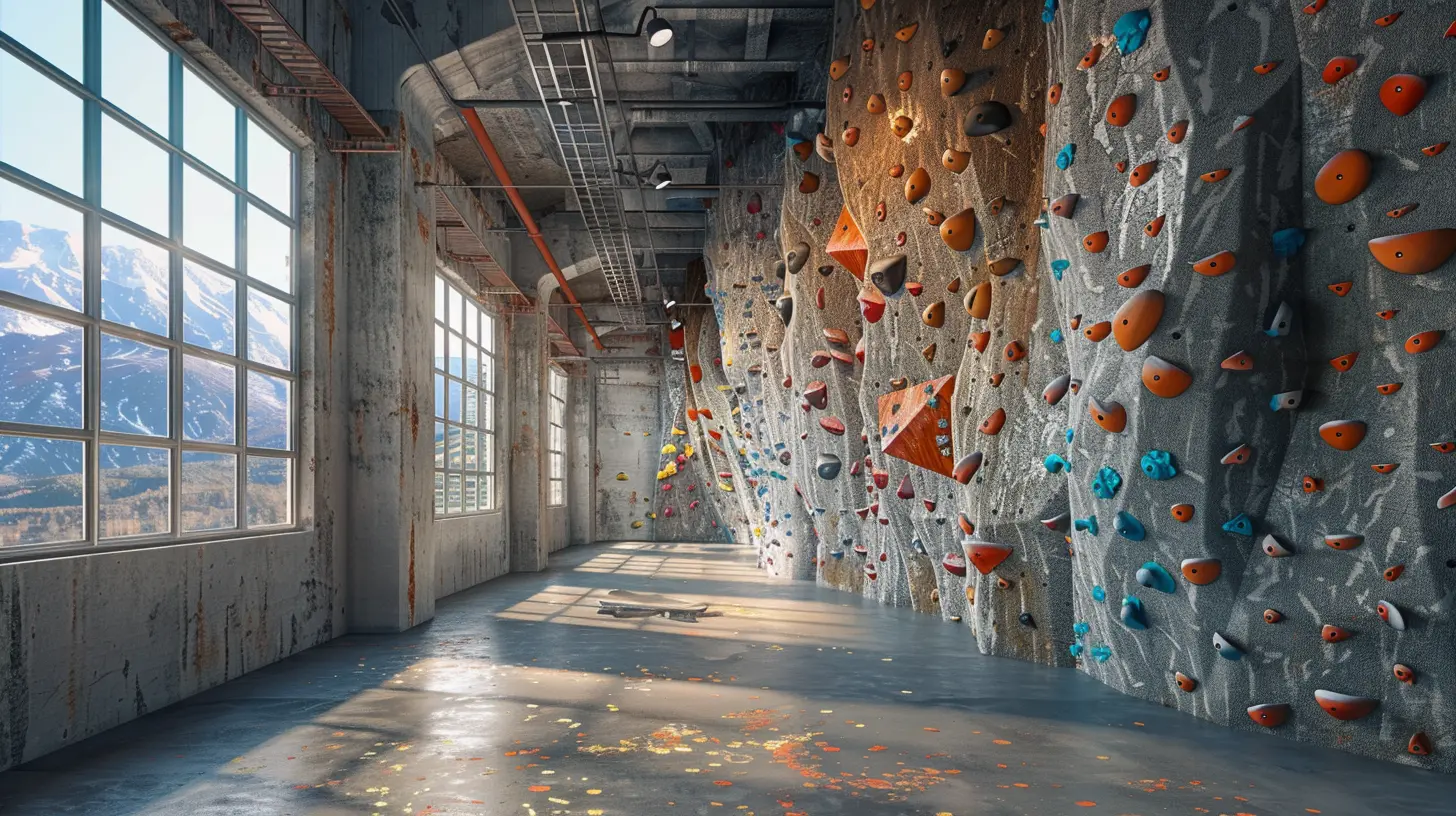Mastering the Balance Between Empty and Over-Staged Rooms
29 July 2025
When it comes to selling a home, staging is a secret weapon. It can highlight a property's best features, make spaces feel inviting, and help potential buyers envision themselves living there. But here's the tricky part: striking the right balance between an empty room and one that feels like a showroom from a furniture catalog.
Too little, and the space feels cold and lifeless. Too much, and it looks artificial and overwhelming. So, how do you find that perfect middle ground? Let’s talk about the art of staging—without going overboard. 
Why Staging Matters
Before we dive into the details, let’s address the big question—does staging really make a difference? Absolutely. A well-staged home can sell faster and for a higher price than one left bare.Here’s why:
1. It Creates an Emotional Connection: Buyers don’t just look for a house; they look for a home. A well-staged space helps them imagine their life in it.
2. Highlights the Best Features: Strategic furniture placement and decor draw attention to the home’s strengths and minimize any weaknesses.
3. Gives a Clear Sense of Scale: Empty rooms can be deceiving. A properly staged space helps buyers understand the size and potential of each area.
That being said, stuffing a home with furniture and decor isn’t always the solution. Over-staging can backfire, making spaces feel cramped or overly curated—like a staged set rather than a livable home. 
The Problem With Empty Rooms
You might think an empty room gives buyers a "blank canvas" to imagine their dream home. While that’s somewhat true, it often has the opposite effect.Empty Rooms Feel Cold and Uninspiring
An empty space lacks warmth and personality. Buyers may struggle to envision how they’d use the space, and the home may feel less inviting.It Can Expose Flaws
Without furniture or decor to create focal points, buyers might focus on imperfections—like minor wall scuffs, uneven floors, or awkward layouts.No Scale or Perspective
Have you ever walked into an empty living room and wondered if your couch would fit? That's a common dilemma. When a room is staged with appropriately sized furniture, buyers get a sense of proportion and functionality.Now, leaving a home completely empty isn’t always a deal-breaker. But in most cases, even minimal staging can make a difference. That brings us to the opposite extreme: over-staging. 
How Over-Staging Can Kill The Mood
Staging should enhance a space, not overpower it. Unfortunately, some sellers go overboard, filling every corner with trendy furniture, excessive decorations, and artificial setups.Too Much Feels Fake
Imagine walking through a home with an impossibly perfect dining table—complete with an elaborate tablescape, fine china, and a fake fruit bowl that looks straight out of a magazine. Instead of feeling inviting, it feels staged. Buyers can sense when a home is overly styled, and it can make them feel disconnected.Clutter Overwhelms Buyers
The purpose of staging is to create an open, airy feel. When there’s too much furniture, decorative items, or oversized rugs, it can make the space feel smaller and more claustrophobic.Personal Style Can Alienate Buyers
Not everyone shares the same taste in decor. When a home is staged with a very distinct or trendy aesthetic, it can limit the appeal. A bright, bohemian-style living room might appeal to one buyer but turn off another who prefers a minimalist, modern look.The goal is to create a neutral, welcoming space that appeals to the widest range of potential buyers. 
Finding The Sweet Spot: Balanced Staging
Now that we’ve tackled the extremes, let’s dive into how to stage a home effectively without making it feel too empty or too staged.1. Focus on Key Rooms
Not every room needs to be staged. The most important spaces to focus on are:- Living Room – The heart of the home, where buyers will imagine themselves relaxing.
- Kitchen – A clean, inviting space with subtle accents.
- Master Bedroom – Should feel cozy and restful.
- Dining Area – Show how the space can be used for entertaining.
Rooms like guest bedrooms, home offices, or laundry rooms can be minimally styled or left alone if needed.
2. Keep It Simple and Functional
The best staging is subtle. Use functional furniture arrangements that show off a room’s purpose without overcomplicating things. A cozy seating area in the living room, a neatly made bed in the bedroom, and a simple dining setup can work wonders.3. Neutral With a Touch of Personality
A neutral color palette works best for staging because it appeals to a broader audience. But that doesn’t mean it has to be bland! Add warmth with soft textures, throw pillows, and a few decorative pieces like a stylish lamp or a statement artwork. Use decor sparingly to maintain balance.4. Maximize Natural Light
Good lighting makes any space feel more inviting. Keep curtains open, remove dark or heavy drapes, and ensure that light fixtures are working and clean. Natural light can make a space feel larger and more appealing.5. Add Life With Greenery
Plants are a fantastic way to add life to a space without making it feel cluttered. A few potted plants, a vase of fresh flowers, or even a bowl of fresh fruit in the kitchen can bring warmth to a room.6. Avoid Fake Props
Artificial staging elements—like fake food, overly staged dining setups, or unrealistic furniture arrangements—can make buyers feel like they're walking through a staged set rather than a real home. Keep things authentic.7. Leave Some Breathing Room
You don’t have to fill every inch of space. Buyers need to see that a room has potential for their own furniture and style. Give rooms just enough decor and structure to guide them while still leaving space for imagination.The Goldilocks Rule of Staging: Not Too Much, Not Too Little
Finding that middle ground in staging is like a delicate dance. You want just enough to create a welcoming atmosphere, but not so much that it looks staged to perfection.Think of it like seasoning a dish—you want to enhance the flavors, not overpower them. The same goes for home staging.
If you’re unsure, ask for a second opinion. A real estate agent or professional stager can provide guidance on what to add or remove. And remember, the goal isn’t to impress with flashy decor—it’s to help buyers feel at home.
Final Thoughts
Staging shouldn't be an afterthought or an extravaganza. A well-balanced staged home helps potential buyers connect emotionally while allowing them to envision their own lives in the space.Avoid the extremes—don’t leave rooms completely empty, but don’t turn them into museum exhibits either. Keep it neutral, functional, and inviting. With the right balance, you can create a home that sells faster and for top dollar.
So, next time you’re getting a home ready for the market, remember: a little staging goes a long way—but too much can push buyers away.
all images in this post were generated using AI tools
Category:
Home StagingAuthor:

Melanie Kirkland
Discussion
rate this article
1 comments
Leo McAdams
Striking the right balance transforms houses into homes, not just showpieces.
August 6, 2025 at 2:45 AM

Melanie Kirkland
Absolutely! A well-balanced space reflects personal warmth and functionality, making it truly inviting.


